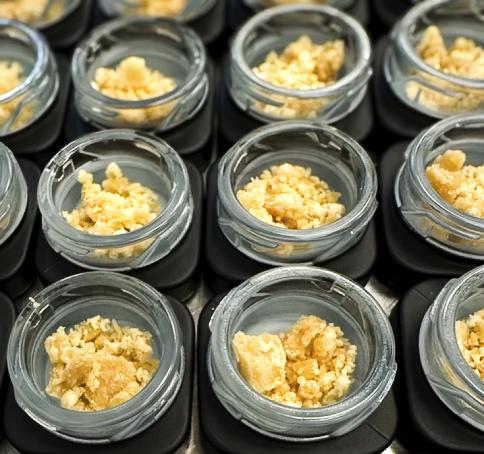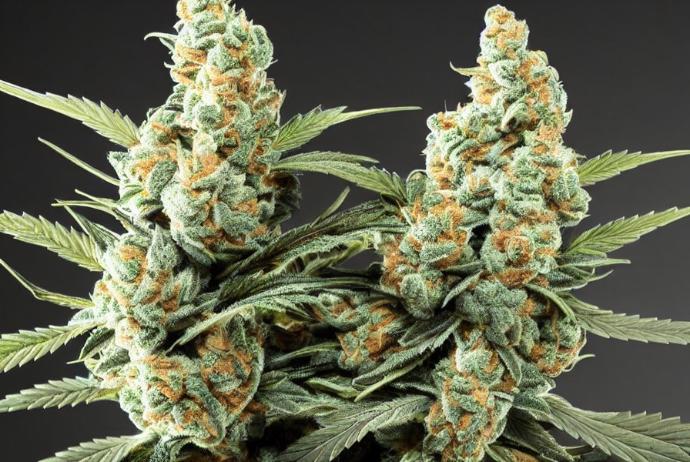Sabinene, a lesser-known yet intriguing terpene, is recognized for its spicy, woody, and peppery notes. Found in a variety of plants and essential oils, this compound adds depth and complexity to flavors and fragrances. Beyond its aromatic appeal, sabinene has garnered interest for its potential uses in food, cosmetics, and pharmaceuticals, illustrating a classic case of nature's chemistry benefiting daily human life.
Historical Insights into Sabinene
Discovery and Traditional Uses
The story of sabinene dates back to its isolation from essential oils such as those from black pepper and Norway spruce. Traditionally, these plants were not only used for their flavors and medicinal properties but were also appreciated for their aromatic richness. Ancient civilizations, although unaware of sabinene as a distinct chemical entity, utilized these plants in their herbal remedies, food preservation, and religious ceremonies, indirectly exploiting the benefits of sabinene.
Evolution into Commercial Applications
With the advancement of chemical analysis techniques in the late 19th and early 20th centuries, sabinene was identified and characterized, leading to a more focused exploration of its properties. As the flavor and fragrance industries evolved, the demand for authentic and natural ingredients led to sabinene becoming a valuable component in creating perfumes, food seasonings, and aromatherapy products.
Natural Sources of Sabinene
Impact on Scents and Flavors
Sabinene's role in the plant kingdom is not just about contributing to the sensory qualities of herbs and spices but also involves ecological interactions. Its spicy, woody scent plays a crucial role in how plants communicate with their surroundings, potentially helping in attracting pollinators and repelling herbivores.
Key Sources and Ecological Roles
- Black Pepper (Piper nigrum): Enhances the pungency and complexity of the spice.
- Norway Spruce (Picea abies): Contributes to the woody, earthy aroma of the tree.
- Tea Tree (Melaleuca alternifolia): Adds to the medicinal and sharp profile of the essential oil.
- Carrot Seeds (Daucus carota subsp. sativus): Imparts earthy, woody notes to carrot seed oil.
- Nutmeg (Myristica fragrans): Plays a role in the warm, spicy aroma of nutmeg.
These plants indicate how sabinene not only enhances the human experience through scent and flavor but also serves various roles in nature, from deterring pests to attracting beneficial organisms.
Contemporary Perspectives on Sabinene
Recent Research and Product Development
Recent studies have expanded our understanding of sabinene, exploring its antioxidant and antimicrobial properties. These findings have led to increased interest in incorporating sabinene into products aimed at health and wellness, such as natural supplements and skincare products where its anti-inflammatory properties can be beneficial.
Extraction and Synthesis Techniques
Sabinene is typically extracted through steam distillation of plant materials, which ensures the preservation of its delicate aromatic profile. Recent advancements have also explored synthetic routes and biotechnological methods to produce sabinene, offering potential for sustainable production that does not rely on large-scale agricultural harvesting.

Future Directions for Sabinene
Innovations and Ethical Considerations
The future of sabinene in commercial applications looks promising, with ongoing research into more efficient extraction techniques and synthetic biology approaches. These innovations could lead to more sustainable and environmentally friendly production methods. Ethically, the responsible sourcing of plant materials and the impact of industrial practices on biodiversity are critical considerations as the demand for sabinene grows.
Market Expansion and Potential
As consumer preference shifts towards natural and sustainably sourced products, the market for sabinene is expected to grow. Its versatility and pleasant sensory properties make it a candidate for expanded use in the flavor, fragrance, and wellness industries, potentially opening new markets and applications.
The Enduring Essence of Sabinene
Sabinene exemplifies the intricate connection between nature and human culture, showing how a single compound can influence both ecological dynamics and industrial applications. Its journey from a component of ancient herbal practices to a valued industrial ingredient underscores the holistic and cultural significance of natural compounds. As we continue to explore and respect the natural world, substances like sabinene remind us of the deep well of resources that nature offers for enhancing and enriching our lives.























